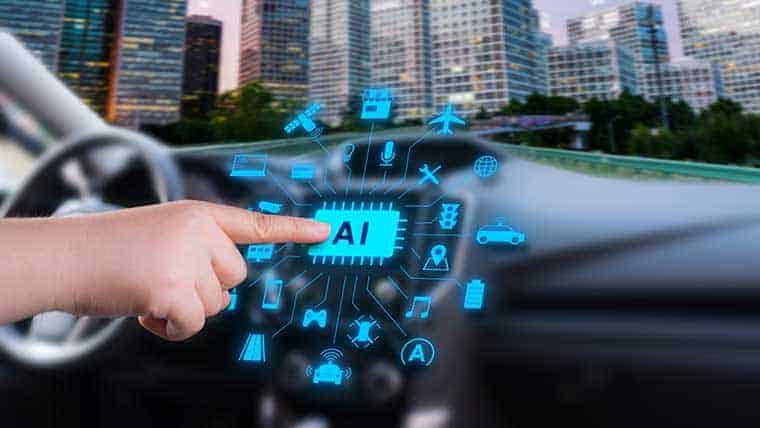Ever imagine what the future looks like? Flying cars, time travel, the ability to stop aging and stay young forever! These all sound wonderful, but what about the slightly nearer future? Let’s imagine only a decade or two from now. Given the current rate at which the technology is growing and expanding, we might not have flying cars, but smarter cars and smarter transportation systems are inevitable.
A smart car does not necessarily mean a self-driving car; instead, it can mean things like advanced sensors, cameras, and other safety features that help drivers operate their cars more safely. Many safety features already exist in today’s cars: sensors that keep cars within one lane, automatic brakes, and adaptive cruise control have become increasingly common. These safety features will evolve and expand in the near future as car manufacturers compete to deliver convenience and protection to their clients.
For instance, in the near future we could see a smart On-Board Unit (OBU) in every vehicle, similar to the navigation system that most of today’s cars have. These smart OBUs would receive traveler’s information from Road Side Units (RSU). Currently, traveler’s information is sent to motorists through Dynamic Message Signs (DMS). These messages may share timely information on incidents, road congestion, construction activities, emergency evacuation, route diversion, weather events, and many other important safety messages.
In Maryland and many other states, there are new DMS project deployments happening all the time. Even though DMS deliver important messages, they do have some downsides. For one thing, they cost thousands of tax dollars to build. Why pay for something that will have no use a decade or two from now? We could instead spend our resources on new and innovative solutions—like smart OBU.
Another downside is that DMS impact the environment. Building a DMS releases dust and other fine particles into the air, creating air pollution. Also, while building a single DMS may not have much ground disturbance, building multiple DMS will collectively have a significantly larger ground disturbance. And over time, DMS (along with other road signs) are subject to corrosion. Finally, when it’s time to take down the structure, there’s the wasted material that needs to be dealt with. We need to preserve our environment as much as possible for future generations. If we have the opportunity to not waste any more materials, time, and energy, why not at least think about it?
Of course, it’s not always going to be easy. There will be challenges we need to consider, like the cars that still don’t have a smart OBU even two decades from now, or antique cars that don’t have the capacity for one. We would still need a reliable way to relay messages to everyone, including cars with no built-in OBU. Maybe this would look like some sort of aftermarket OBU that can be purchased by vehicle owners.
Smart OBUs could potentially have multiple uses that I haven’t discussed here, uses we haven’t even thought of yet. That’s one of the great things about this industry—the possibilities are endless, and the future is yet to be defined. I’m excited to see what happens next, and we as transportation professionals are ready to help our clients and communities along the way.


